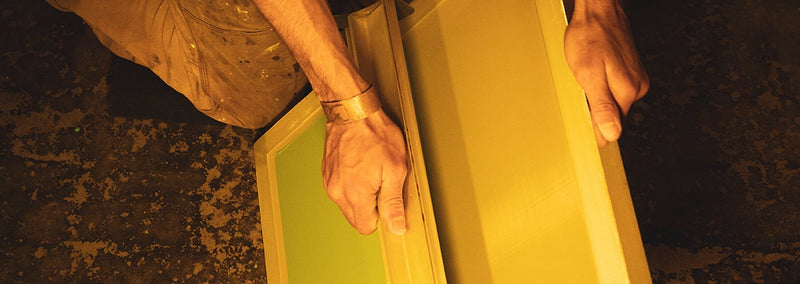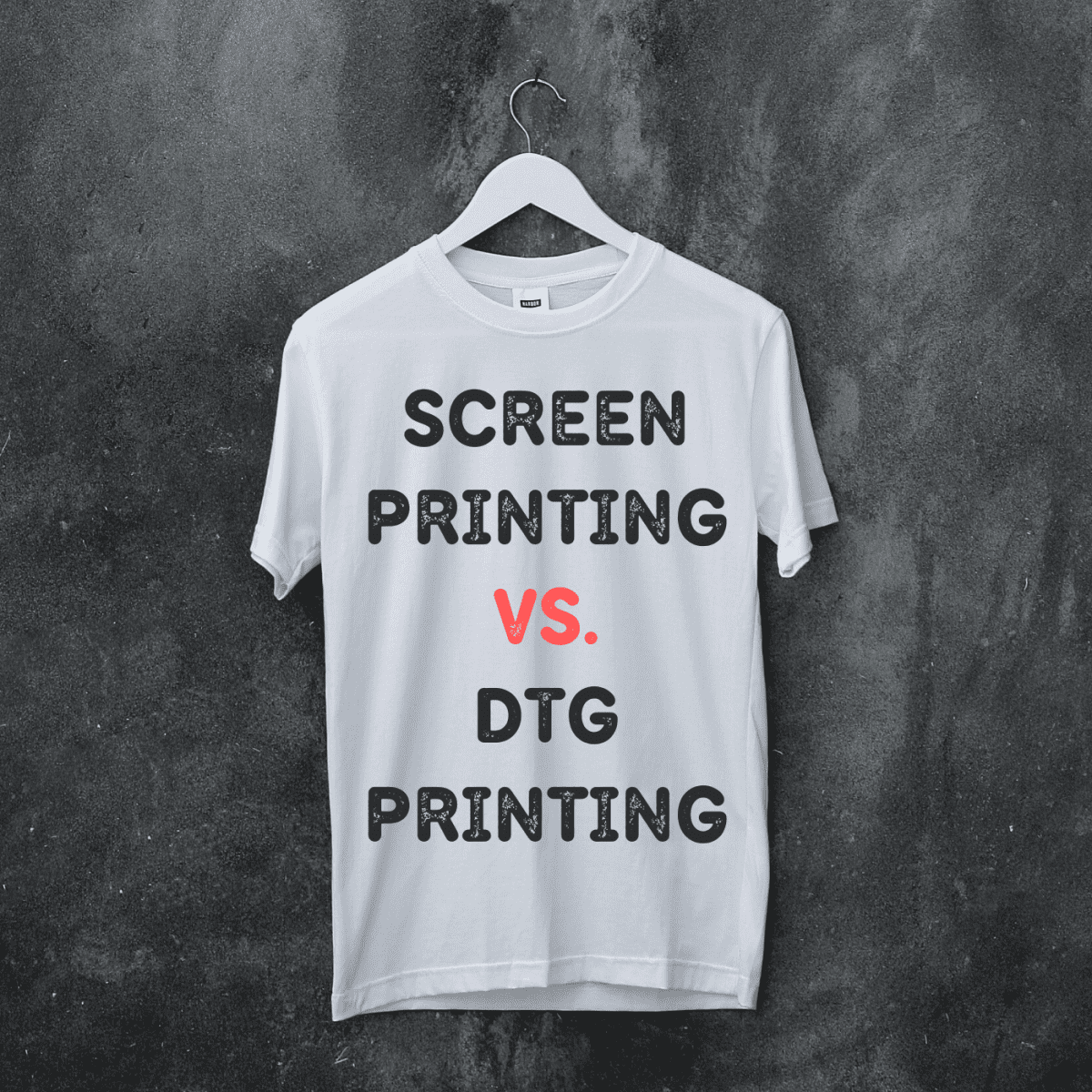Tx Tees Fundamentals Explained
Tx Tees Fundamentals Explained
Blog Article
Tx Tees - The Facts
Table of ContentsWhat Does Tx Tees Do?Tx Tees - An OverviewThe Basic Principles Of Tx Tees Not known Facts About Tx TeesExcitement About Tx TeesThe 9-Minute Rule for Tx TeesThe Single Strategy To Use For Tx Tees
That brings your overall to roughly $1,900 before tax obligation and delivery. Accumulate other expenses, like the variety of energies it requires to run the store and the expense of ink and solution per layout. screen printing shop. Take the print listed below as an example. This is a one-color photo, so the cost of ink per shirt is about 20 cents.The solution must just be a couple of cents considering that you 'd just need to coat one display for this work. Generally, printers attempt to make up to 45% revenue on a print job.

With DTF, you can print a handful of t shirts, or just one. Both display printing and DTF have their specific niches in the globe.
Tx Tees Things To Know Before You Get This
The most effective way to understand? Ask around and see what printing shop like your own are doing. screen printer. Attempt both out and see which you like far better
When you're picking what sort of printing method to use for printing your artwork styles on your garments, it is essential that you understand the differences between these two methods so you can make best use of outcomes while minimizing costs. Screen printing is one of the most commonly used technique for publishing layouts on fabrics.
DTG printing is additionally referred to as place or straight to garment printing since it publishes only what is needed rather than making a screen as display printers do. https://www.flickr.com/people/200329791@N05/. Display printing works by screen filler squeegee display printing ink screen mesh display, then moving the image to garment utilizing heat and/or pressure
The DTG printer makes use of special dye-sublimation inks that are applied right into a pre-designed photo by a digital printing system. The inks come to be part of the textile, permitting dynamic shades and extraordinary information. It's also referred to as spot or direct to garment printing due to the fact that it prints only what is required rather of making a screen as screen printers do.
The 5-Minute Rule for Tx Tees
Initially, it's much quicker - you can publish a fullcolor photo in minutes, instead of hours for screen printing. Second, there's no established up time or prices entailed - you can publish any layout you like, without having to create a display. Third, there's no waste - because display printers display print one style each time, they have to screen each color independently.
The paper is really pricey and can just be utilized once. Once it's printed on, it needs to be thrown out. - The first acquisition price is lower than the ahead of time financial investment of DTG printers- You can publish multi-color styles one screen at once rather than needing to print each color independently like DTG printing.

The Buzz on Tx Tees
Nonetheless, rather than utilizing display mesh as display printers do, color sublimation printers use laser innovation to transfer your images onto garments or paper. A warmth process transfers the dye from its solid-state straight right into the gas stage which subsequently fuses it onto fabric substrates when they are quickly heated up to heats under high stress.
Sublimation printing is environmentally friendly. It utilizes less water than screenprinting, and since it doesn't include using unsafe solvents, it's secure for all kinds of garments. The color sublimation inks are additionally unsmelling when healed, unlike display printers that make use of unsafe chemicals throughout the display printing procedure that leave an unpleasant odor.
They additionally conserve cash on expensive devices like exposure units because dye sublimation printers don't call for a UV direct exposure system or a flash remedy oven that is usually utilized in screen printing (custom screen printing). What is straight to garment printing (DTG Printing)? DTG printing is a digital screenprinting process that publishes straight onto material click to investigate utilizing specialized inkjet printers
Examine This Report about Tx Tees
DTG printing offers several benefits over traditional screenprinting, consisting of the ability to publish photographic top quality pictures, better color vibrancy, and the ability to publish designs on darker materials. DTG printers function by heating up the fabric ink up until it develops into a gas. The gas after that permeates the textile, bonding with the fibers to create an irreversible print.

Screen printers simply prepare their screen after that begin printing until they lack item or ink.- There is a large variety of skilled screen printers throughout the globe, which can be practical for novices. - It's a slower process - display printers often have to wait for the ink to completely dry prior to they can print the following shade- Screen printers call for manual work, so there's a greater knowing curve and it takes longer to generate a high-grade style- Screen printing isn't as exact as DTG printing, so you may get some "blood loss" of colors from one component of the picture onto another otherwise done correctly.
The Definitive Guide for Tx Tees
Rather of using screen mesh as display printers do, dye sublimation printers utilize laser modern technology to transfer your pictures onto garments or paper. A warmth process transfers the color from its solid-state straight into the gas phase which subsequently fuses it onto material substratums when they are swiftly heated to heats under high stress.
Sublimation printing is environmentally friendly. It utilizes much less water than screenprinting, and because it doesn't entail making use of hazardous solvents, it's risk-free for all sorts of garments. The dye sublimation inks are also odor-free when healed, unlike display printers that use damaging chemicals throughout the display printing procedure that leave an undesirable odor.
They also save money on expensive devices like direct exposure devices given that dye sublimation printers don't require a UV exposure unit or a flash cure oven that is usually utilized in display printing. What is straight to garment printing (DTG Printing)? DTG printing is a digital screenprinting procedure that publishes straight onto material utilizing specialized inkjet printers.
Getting My Tx Tees To Work
DTG printing offers many advantages over standard screenprinting, consisting of the ability to publish photographic top quality photos, higher color vibrancy, and the capacity to publish styles on darker fabrics. DTG printers function by heating up the textile ink till it develops into a gas. The gas then penetrates the material, bonding with the fibers to produce a permanent print.
Report this page